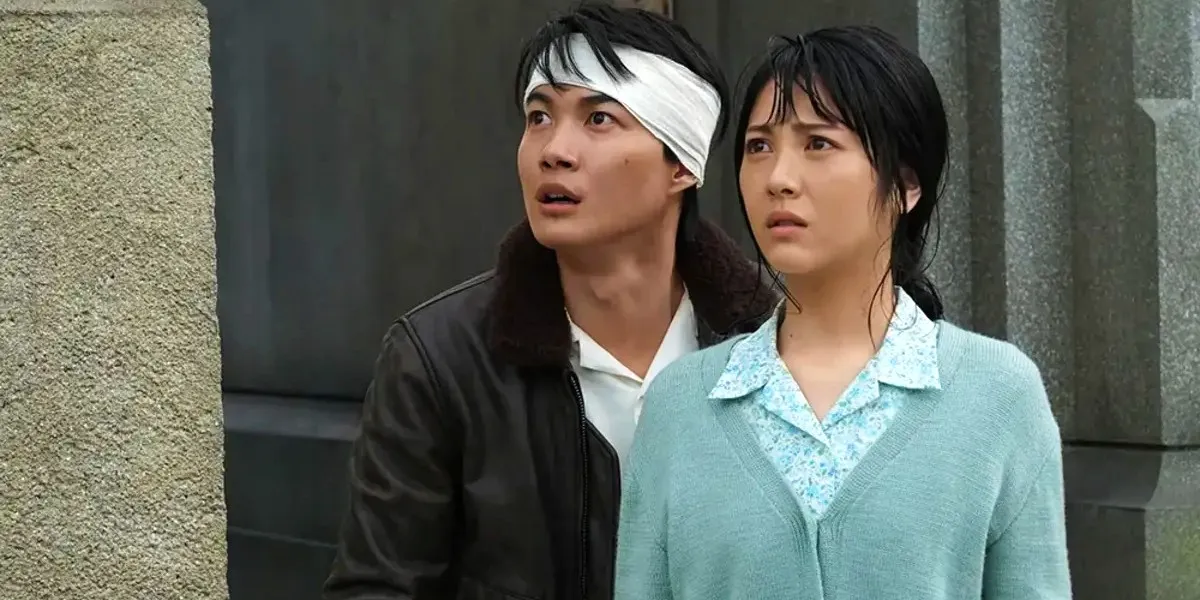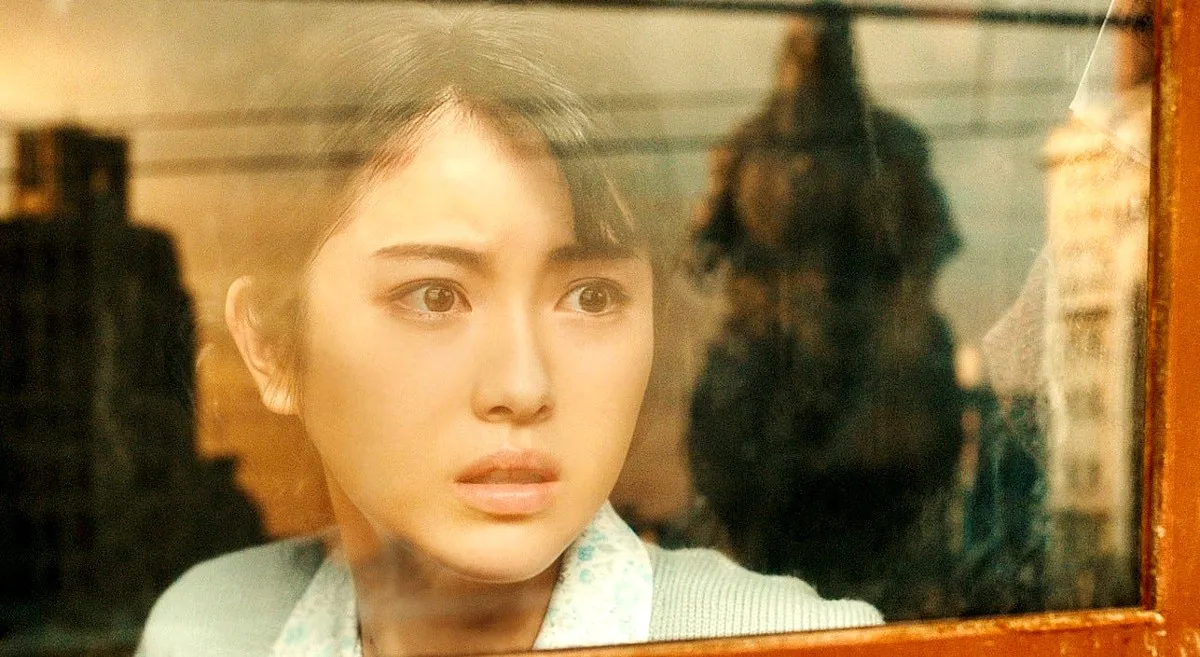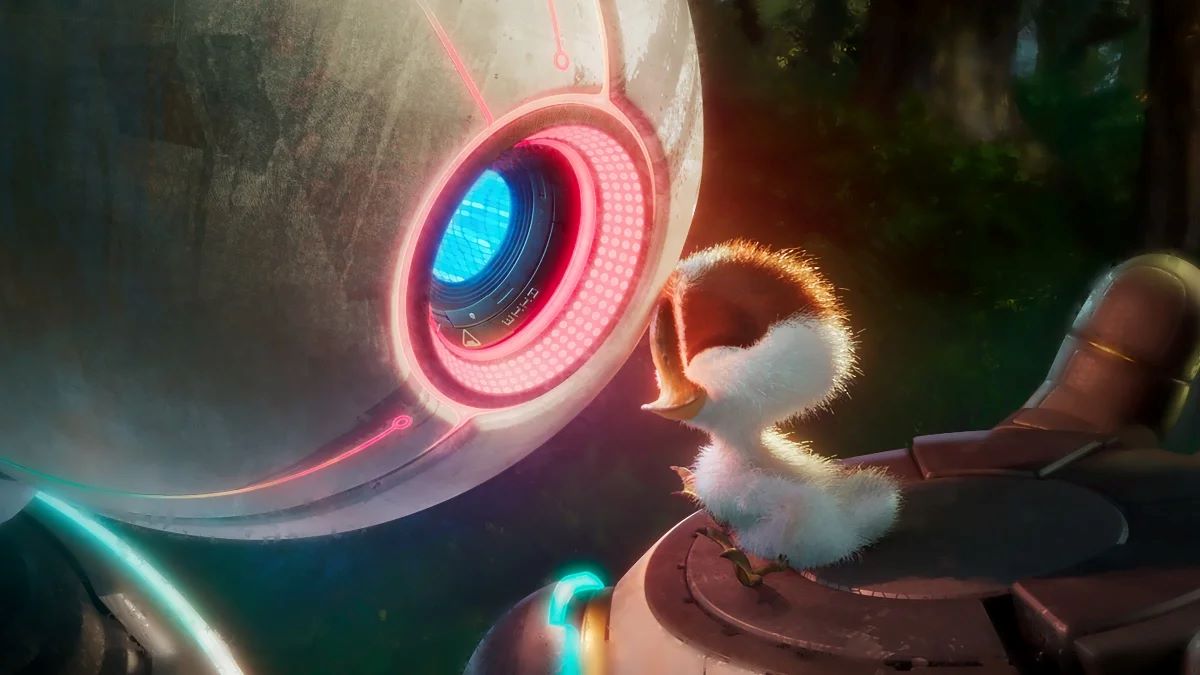Godzilla Minus One has arrived on Netflix, and one unexpected ending detail is fueling fan theories about the story’s continuation: Noriko’s (Minami Hamabe) neck.
The film takes place in postwar Japan, which is the same setting as the original film in 1954. It sees a postwar Japan struggling to recover from the devastation of World War II and the atomic bombs. While it doesn’t seem like the country can sustain any further damage, it’s forced to contend with Godzilla when the mutated amphibious monster descends upon Tokyo. Kōichi Shikishima (Ryunosuke Kamiki) is one of the civilians who joins the fight against Godzilla, believing it’s his chance to redeem himself after failing to carry out a kamikaze mission during the war.
Despite his survivor’s guilt, Kōichi built a family after the war. He met Noriko, and the two of them became parents to an orphaned child, Akiko (Sae Nagatani). Their little family elevates the film’s emotion, as viewers find themselves hoping they can beat the odds and survive this second devastation. However, the outcome of their story is ambiguous enough that it has started stirring fan theories.
What’s the mark on Noriko’s neck?

In Godzilla Minus One, Noriko is initially thought to have perished during Godzilla’s attack on Ginza. After she goes missing amid the chaos, Kōichi assumes she is dead, making him even more determined to take action against the monster. After defeating Godzilla, viewers are surprised to learn that Noriko has been found alive. Kōichi and Akiko quickly go to the hospital where Noriko is staying, and the family is reunited again. The movie also that there might be more to the story when a piece of Godzilla’s flesh is seen mutating at the bottom of the ocean. However, they may have missed another potential clue in Godzilla Minus One on Noriko’s neck.
At the hospital, Noriko is seen with what appears to be a black mark on her neck. Despite being so noticeable, no explanation of the mark is given. Hence, many viewers simply assumed it was a sign of radiation poisoning. One of the reasons why she is presumed dead is because she was caught in the blast radius of Godzilla’s atomic breath. With its nuclear breath boasting similarities to a nuclear bomb, the only thing more devastating than the original blast is the radiation released by it. In Japan, one of the long-lasting effects of the atomic bombs was radiation sickness. Many who survived the initial blast later died from radiation exposure, which the United States tried to cover up.
Radiation sickness can manifest in a variety of symptoms, including burns, sores, and bruises on the skin. So, Noriko could be suffering from radiation poisoning, which would align with Godzilla Minus One‘s desire to reflect the horrors of war and nuclear weapons. However, there is another theory that is gaining traction. What if she was contaminated not by radiation but by Godzilla?
YouTuber Minty posited that Noriko could turn into something like the humanoid creatures seen sprouting from Godzilla’s tail in Shin Godzilla. Of course, even Minty acknowledges that it’s a stretch, as it’s unclear if this Godzilla has evolved enough to do what the Godzilla in Shin Godzilla did decades later. Still, since the films aren’t directly related, this may be a different Godzilla, putting a wholly different spin on the concept of humanoid Godzilla creatures. On a Reddit forum, there was speculation that Noriko’s mark is a piece of Godzilla or a sign that its DNA somehow became part of Noriko’s, allowing her to survive and potentially mutating her, too.
After much speculation, director Takashi Yamazaki finally confirmed that what viewers saw on Noriko’s neck were G-cells. G-cells have a brief history in the Godzilla franchise and were utilized to create the Godzilla rivals Biollante and SpaceGodzilla. As a result, some fans speculated the mark foreshadows these villains’ arrival in a potential sequel. However, the director did not reveal what the G-cells mean for Noriko specifically, leaving the door open for further theories.









Published: Jun 4, 2024 05:27 pm